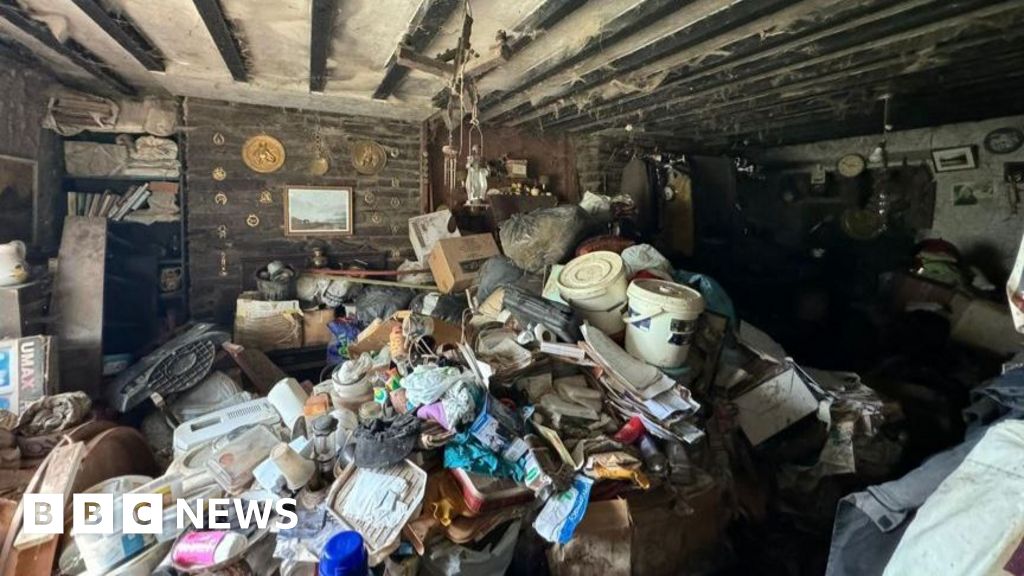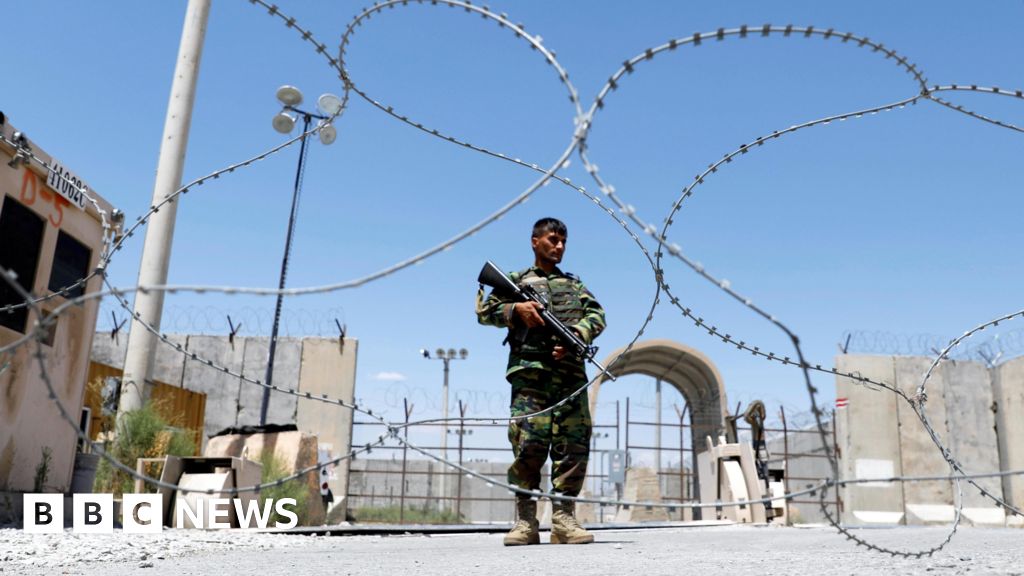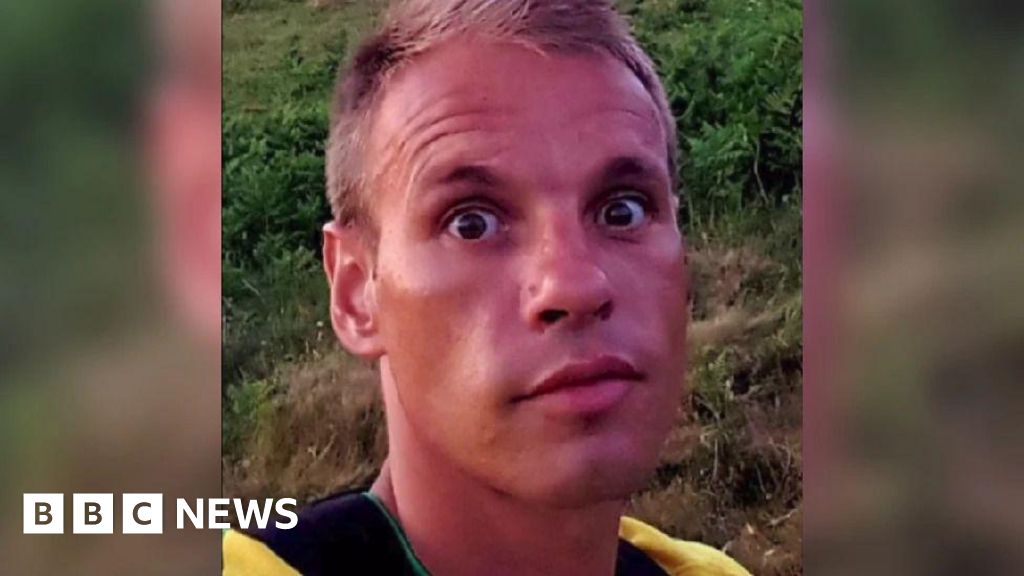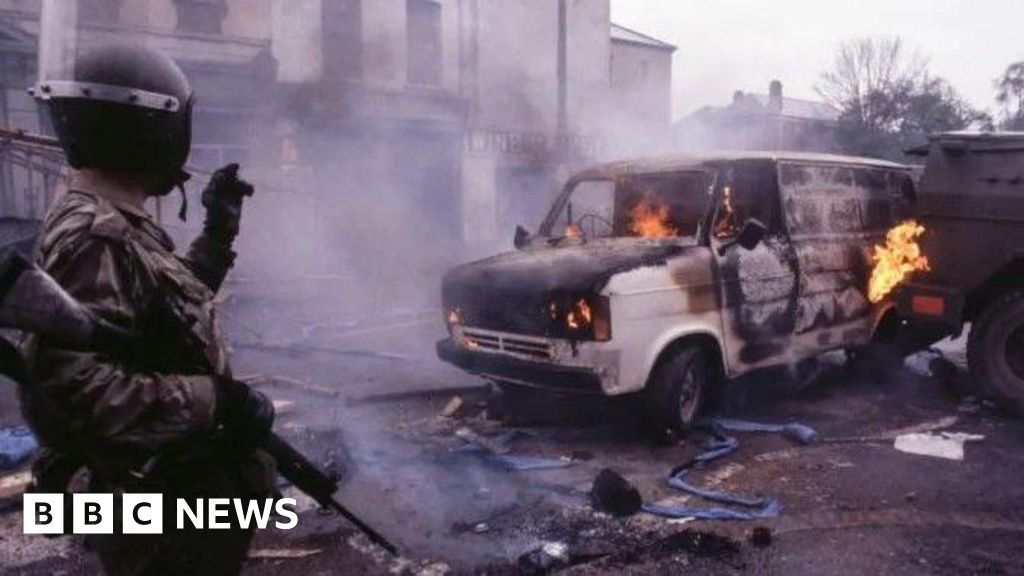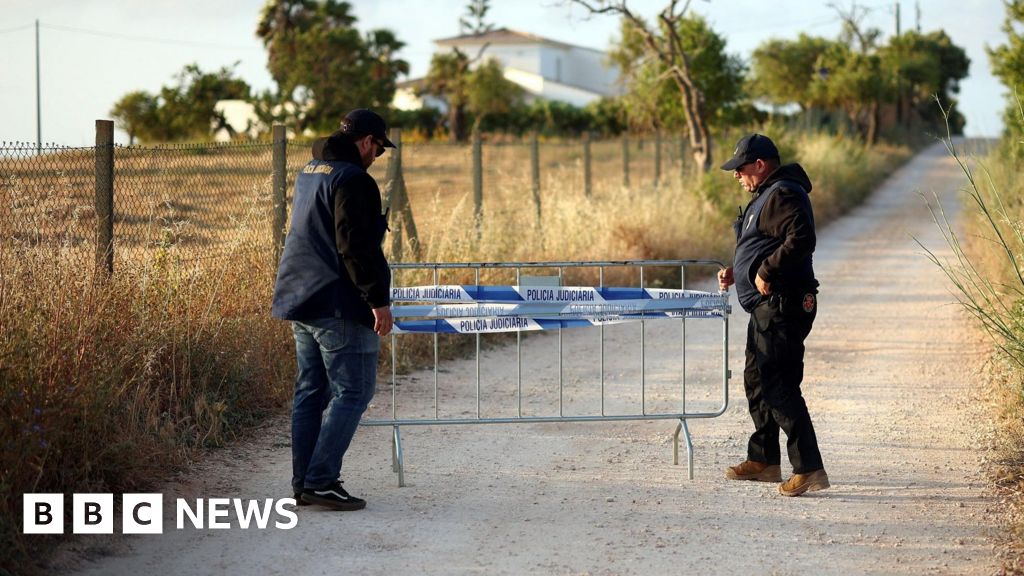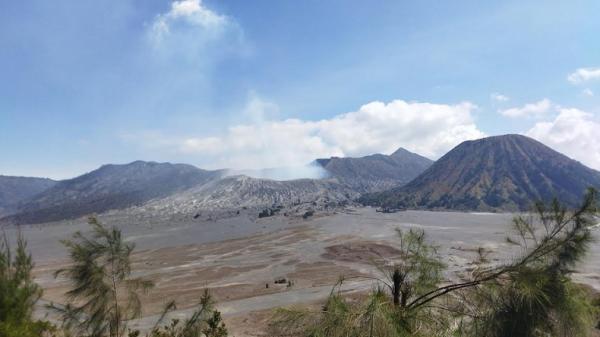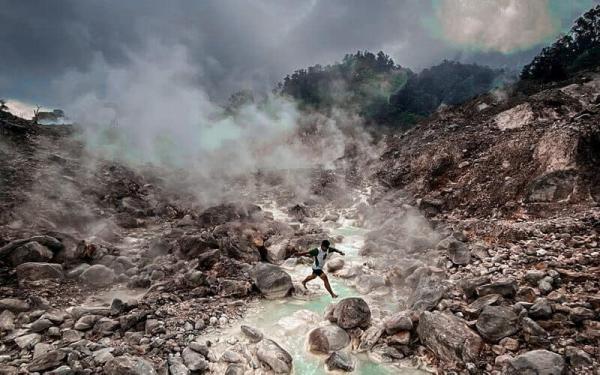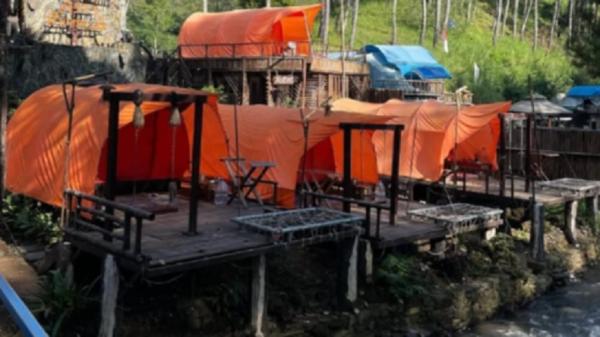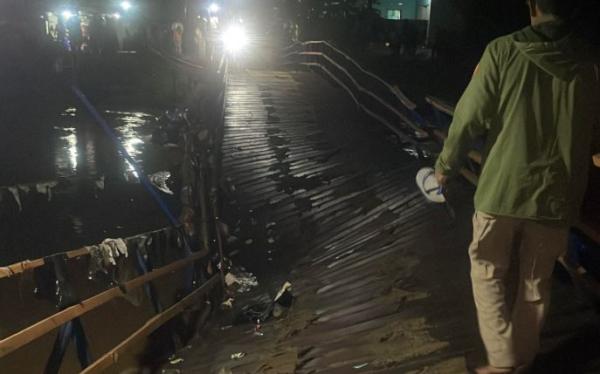
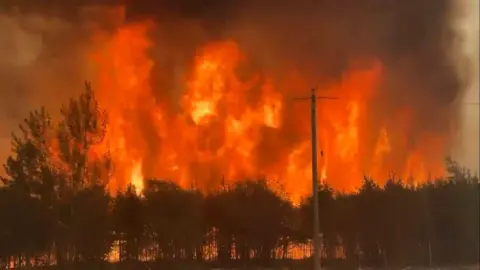 EPA-EFE/Shutterstock
EPA-EFE/Shutterstock
A military aircraft and helicopters are being used to evacuate residents in the Canadian province of Manitoba from fast-moving wildfires.
Thousands have already evacuated western Canada, particularly the central prairie provinces of Saskatchewan and Manitoba, as firefighters face growing flames and hot, dry weather predictions in the coming days.
Dense smoke from the fires - of which there are more than 180 according to officials - has spread across Canada and into parts of the US.
Both Saskatchewan and Manitoba have declared states of emergency for the next month and asked for international help in fighting the fires.
Aerial footage shows massive smoke plumes from Canadian wildfires
Large parts of Alberta and British Columbia have also ordered evacuations as the fires spread.
The evacuation of residents of the northern First Nations community of Pukatawagan, is a "rapidly evolving situation", a Manitoba official told the BBC.
Canadian Armed Forces, Manitoba Wildfire Service and Manitoba's Heavy Urban Search and Rescue Team have been using a military aircraft and helicopters to bring people to safety from the northern community in Manitoba.
As of Friday, more than 2,000 people still needed to be transported out of Pukatawagan.
In Flin Flon, a city of 5,000 in Manitoba, only firefighters and support workers are left in the town.
In Manitoba, there are a total of 25 fires burning, according to the province's fire situation report, with 10 classified as out of control.
While Manitoba is facing the harshest conditions, other provinces are also dealing with worsening wildfires.
Manitoba dealing with fires in every region, all at the same time, premier tells BBC
In Saskatchewan, there are 16 wildfires burning as of Saturday, with seven classified as not contained. The Canadian Interagency Forest Fire Centre (CIFFC) classified conditions in the province as extreme.
Danielle Desjardins, a meteorologist with Environment and Climate Change Canada based in Winnipeg, told the BBC that the forecast for both provinces is not promising.
While a cold front is expected to hit some parts of Saskatchewan, it will not bring relief to the regions where fires are burning.
"The bad news about this cold front is it's going to be windy," said Ms Desjardins, adding that the wind, coupled with the heat and lack of rain, are prime conditions for wildfire spread.
Smoke from the fires has also left an estimated 22 million Americans under air quality this weekend.
Michigan and Wisconsin advisories are currently in place.
In northern Minnesota, residents have been warned smoke could reach levels "unhealthy for everyone", while the rest of the state faces air quality warnings for sensitive groups. That alert runs through Monday evening.
Canada experienced its worst wildfire season on record in 2023, when more than 42 million acres (17.3m hectares) burned.
Fires happen naturally in many parts of the world, including in Canada.
But climate change is making the weather conditions needed for wildfires to spread more likely, according to the UN's climate body.
Extreme and long-lasting heat draws more and more moisture out of the ground and vegetation.
.png)
 3 months ago
104
3 months ago
104
